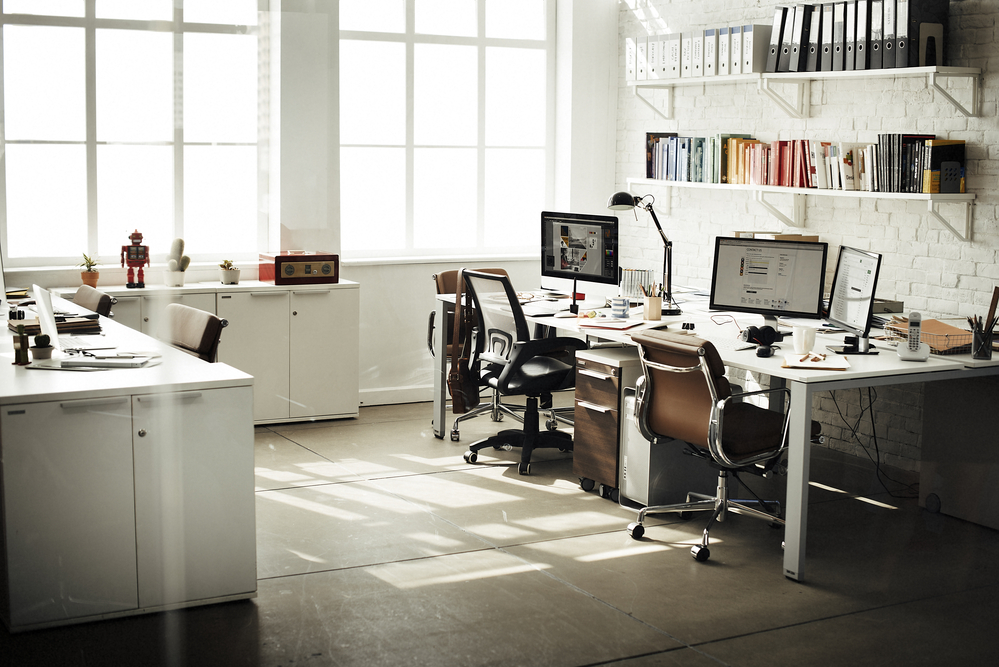Many times the works to be carried out in a local are considered as lost money but… what if it deducts you? Today we are going to talk about the reform of a local, and if it involves an expense or investment.
Expenses in the reform of a premises
First of all, it is important to note that the works or reforms that are carried out at the premises of the company where you carry out your activity tax reliefdifferently according to the type of work.
If it’s about maintain or repair something already existingthe amount will count as current expenditure and, therefore, it will work just like any other type of exercise expense. That is, it will be subtracted from the income to estimate the profit or loss of the activity.
On the other hand, if you are not repairing something, but actually something new is being addedthe amount in question will be an investment. An investment that also deducts. Not all at once, as an expense, but it is charged to results at the rate of a percentage each year. It is what is known as Fixed Asset Amortization.
Let’s see an example of both cases:
- We proceed to change the electrical installation because it has broken: it would be a repair, because the installation does not work and it must be fixed.
- The entire electrical installation is changed because, although it works correctly, it is many years old, it can cause problems and there are current systems that guarantee greater durability, as well as being more sustainable and economical. A case in which it might not be so clear if it is a repair or an investment.
General accounting plan
For this type of assumptions, which could be ambiguous, there is what is known as General accounting plan, which indicates that the costs of renovation, expansion or improvement of property, plant and equipment (such as premises) will be incorporated as a higher value of the property depending on whether they imply an increase in its capacity, productivity or extension of its useful life.
Therefore, according to the previous example, we see that the change of installation would serve to increase the value of the fixed assets by increasing its useful life. It would, therefore, be an investment that would be deducted via amortization at the annual percentage indicated by the regulations.
rented premises
Everything exposed so far valid for both owned and rented premisesalthough in this last modality we find a peculiarity related to the amortization period of the investment.
The particularity is that, when the lease ends, the asset must be fully amortized. Or what is the same, the investment will be amortized in the number of years remaining until the lease ends.
Thus, in a four-year lease, the investment that you develop in the premises will be amortized in those four years, 25% per year.
Therefore, also take these factors into account when assessing the pros and cons of carrying out reforms in your local.
